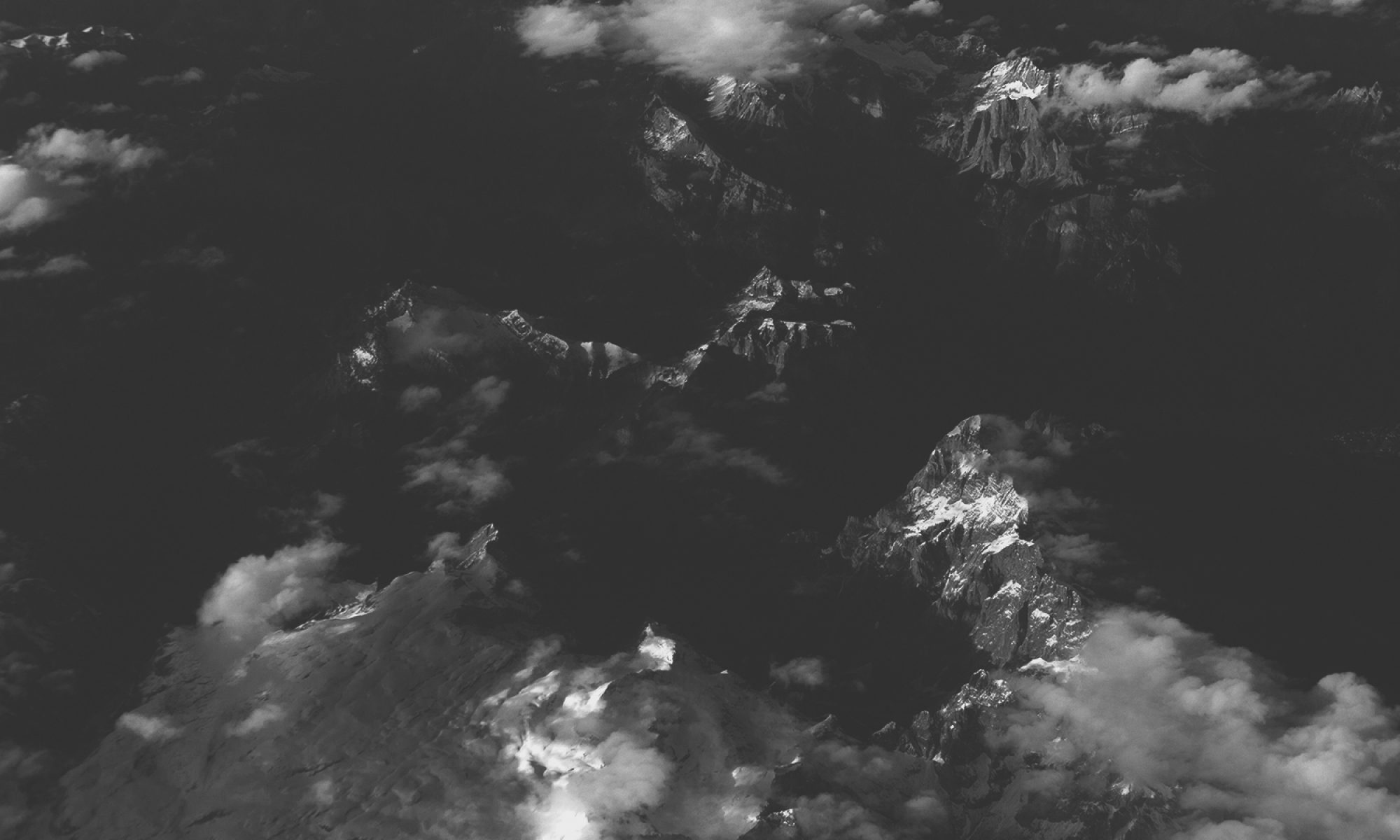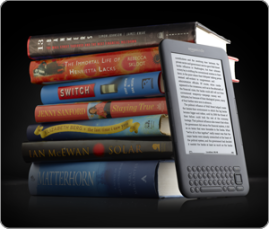original post
Using only found images (ie images from family albums and local library archives, not published in magazines) research and construct a photo-artefact/story that weaves a narrative linking the people depicted within.Development : Build and include a soundscape relevant to your story. Include personal stories from the subjects depicted.
family archive
During summer I discovered a folder in my HDD where I had dumped all photographs and video (digitized tapes) my mother brought back from her trip to Tulsa, Oklahoma. I didn’t get to see these for five years. The same goes for my mother. She had visited her brother, my uncle, after a very long period. My uncle has been living there for about 15 years. It was never very easy to pop in the States for a visit, due to the distance and price. I see everything from a much different perspective since I started this course. I have considered to make a book because since we made the switch to digital we haven’t seen any printed family pictures, considering that both my parents were taking photographs on the travels with a 35mm camera.
Save the files!
At this point I should mention that only half of the photographs was in my hard drive. The other half was left in my uncle’s drive due to lack of space in the camera. My uncle send several emails with 460 files in total. In the only issue is that sending them through Picasa as emails, they were down-sized about 10 times their original size. I went through my father’s old laptop were the emails were saved and individually extracted the files from Outlook.
draw inspiration
Before I make this photo-book, I have the chance with the transformative storytelling task to create a first draft of the final piece. I have used video instead of ebook format or plain normal paper. I started by editing down the photographs. I have been through the 6 hours of tape in order to get a greater understanding of the environment my mother was for a month. She has recorded mostly the journeys from place to place. One thing I can certainly observe is the amount of time spent in cars.
make the video!
After editing, I started sequencing the photographs. I wanted to keep the initial form I had designed, but I realized that video was a broader canvas. I had much more space to cover, or leave blank. In the end I decided to put images side-by-side which either made some stand out better, or create individual small narratives within the main narrative. Since I am still experimenting with sequencing, and editing the second set of images, what you see below is not a final cut. Concerning sound, I will be pulling audio clips from the videos and perhaps add some creative commons material or record my own foley sounds to create a coherent soundscape.
photo credits: Stella Charolidou
https://vimeo.com/80925416
password: tulsa


